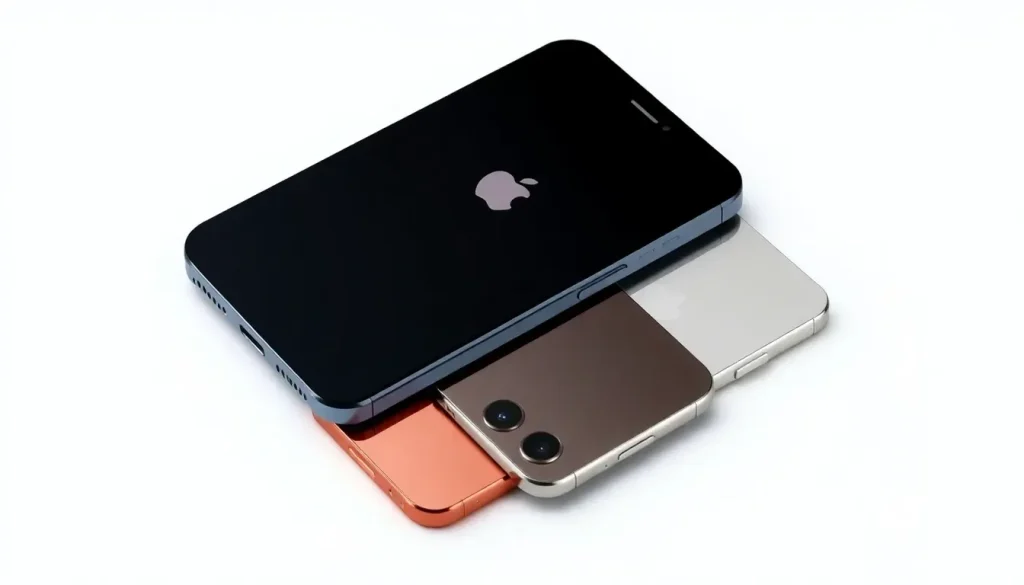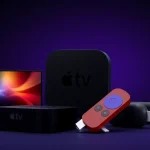Next year could bring the most fragmented iPhone lineup yet

As technology evolves, so do our expectations, particularly with iconic products like the iPhone. The upcoming years promise a major shift in how Apple presents its flagship device, introducing complexity and diversity like never before. With the anticipated changes, consumers are left pondering what this means for their buying decisions.
The landscape of iPhones is set to become even more intricate, with various models catering to different preferences and budgets. This fragmentation could lead to confusion but also offers exciting possibilities for customization and choice.
Understanding the evolution of iPhone launches
The trajectory of iPhone launches has significantly transformed since the very first model was unveiled in 2007. Initially, Apple adopted a straightforward approach, releasing one model at a time, but as the market matured and consumer demands diversified, the company began offering multiple options.
Single model simplicity
In the early days, the introduction of a new iPhone was a momentous event, marked by the release of:
- iPhone
- iPhone 3G
- iPhone 3GS
- iPhone 4
- iPhone 4S
- iPhone 5
- iPhone 5S
This simplicity made it easy for consumers to choose, as there was no need for extensive comparisons or research. The focus was solely on the flagship model's advancements and features.
Introducing multiple models
By 2014, Apple began launching two models simultaneously, which marked a notable shift in strategy:
- iPhone 6 + iPhone 6 Plus
- iPhone 6s + iPhone 6s Plus
- iPhone 7 + iPhone 7 Plus
This approach provided consumers with more screen size options and features, catering to a broader audience and setting the stage for future iterations.
The rise of the three-model system
The trend continued to evolve in 2017, where Apple introduced a three-model lineup that further expanded consumer choices:
- iPhone 8, iPhone 8 Plus, iPhone X
- iPhone XS, iPhone XS Max, iPhone XR
- iPhone 11, iPhone 11 Pro, iPhone 11 Pro Max
Even though the Pro models varied mainly in screen size and battery life, the introduction of multiple tiers allowed for better segmentation to meet varying consumer needs.
Four models and beyond
In 2020, Apple introduced a four-model lineup:
- iPhone 12
- iPhone 12 mini
- iPhone 12 Pro
- iPhone 12 Pro Max
The differences remained primarily in size and battery capacity, continuing the trend of the Pro models from previous years. The iPhone 14 lineup also followed suit, shifting the focus from the mini to the Plus variant.
With the iPhone 15, Apple introduced a notable enhancement: the Pro Max featured a 5x optical zoom lens, while the Pro maintained the 3x lens. This differentiation catered to photography enthusiasts who desired advanced capabilities.
Transformations with the iPhone 17 and iPhone Air
The recent launch of the iPhone 17 series represents a significant turning point, introducing the following models:
- iPhone 17
- iPhone 17 Pro
- iPhone 17 Pro Max
- iPhone Air
While the iPhone 17 Pro Max remains the pinnacle of specifications and performance, the iPhone Air has captured attention for its innovative design and user-friendly features. This dichotomy forces buyers to choose between cutting-edge specifications and appealing aesthetics.
The anticipation for future models raises concerns. Will the fragmentation of choices lead to overwhelming options for consumers next year?
What to expect in the 2027 lineup
Looking ahead to 2027, Apple is expected to maintain a four-model launch strategy, albeit with an intriguing twist. This year will see the introduction of the iPhone 18 alongside the iPhone 18e, followed by the main release event featuring:
- iPhone 18
- iPhone 18 Pro
- iPhone 18 Pro Max
- iPhone Air (anticipated minor updates)
- iPhone Fold
This lineup indicates Apple's commitment to diversifying its offerings while still retaining flagship models that appeal to a broad audience.
The implications of potential fragmentation
In an ideal scenario, the iPhone Fold would emerge as the definitive premium model, boasting specifications that rival those of the iPhone 18 Pro Max, particularly in camera capabilities. However, there are three critical considerations to keep in mind:
- The introduction of the iPhone Air suggests that Apple is prepared to prioritize design and form factor over top-tier specifications.
- The high production costs associated with foldable technology could lead to compromises in camera quality for the iPhone Fold.
- The inherent weight of the Fold device may deter Apple from incorporating the more robust camera system found in the more traditional Pro Max.
As a result, consumers could find themselves facing a scenario with three competing premium options:
- For those prioritizing sleek design, the iPhone Air will be the go-to choice.
- The iPhone Fold will cater to users seeking the latest in folding technology.
- Photography enthusiasts may gravitate toward the iPhone 18 Pro Max for its superior camera specifications.
This potential fragmentation of the iPhone lineup could significantly influence consumer preferences and purchasing decisions. The balance between performance, design, and price will be crucial in shaping the market landscape.
With the upcoming launches, Apple is poised to redefine the smartphone experience, but it raises questions about the direction of innovation. Will the iPhone Fold steal the spotlight, or will traditional models maintain their allure? Share your thoughts and predictions in the comments below.
Highlighted accessories for the latest iPhones
- Official Apple Store on Amazon
- Apple 40W Dynamic Power Adapter for iPhone 17
- Official Apple iPhone Air cases and bumpers
- iPhone Air MagSafe Battery
- Official iPhone Air case
- Official iPhone 17 cases
- Official iPhone 17 Pro and Pro Max cases
FTC: We use income earning auto affiliate links. More.




Leave a Reply